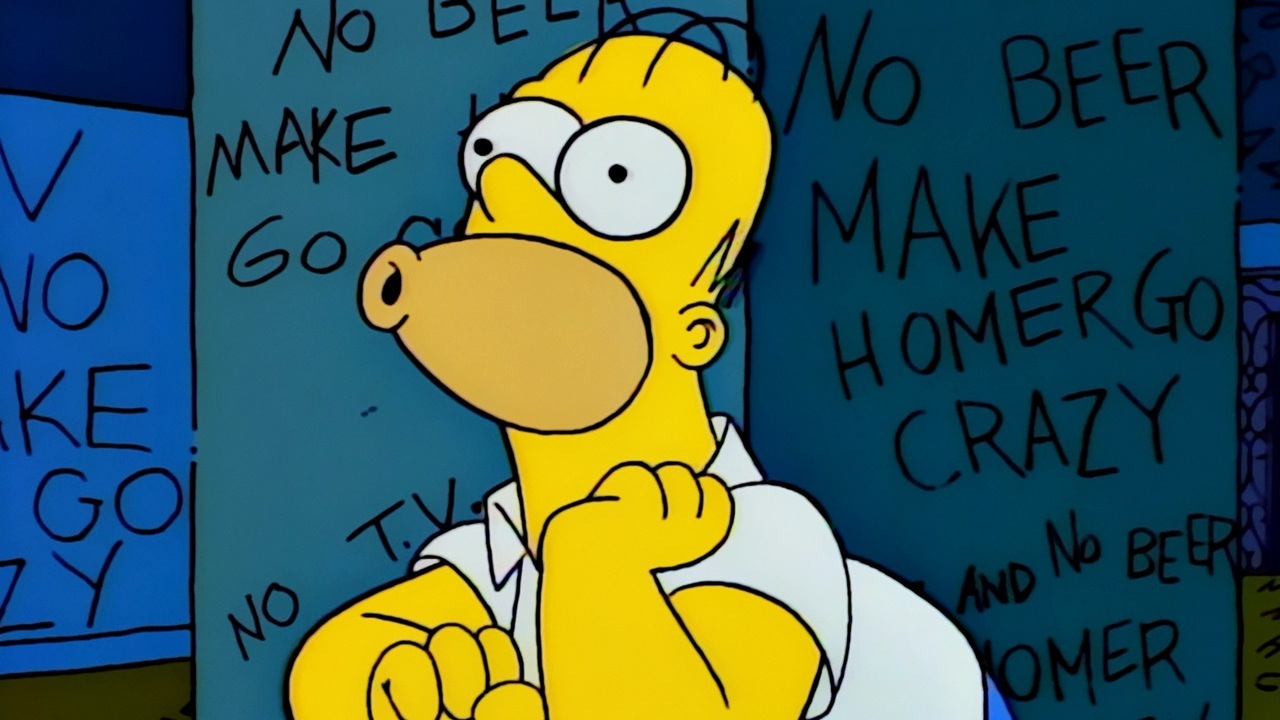
TOPTOBER: The Top 5 Simpsons Treehouse of Horror Episodes (With a Twist!)
As a celebration of all things October, BGH asked each of our writers to submit a Top 5 list of their choosing. Stay tuned all throughout October to see what these demented folks come up with!
Choosing which episodes of Treehouse of Horror to exclude from this list was like choosing which of my children to relegate to the attic with a bucket of fish heads (harder, really). So instead of a strict--and predictable--best-of that pitted our dear favorites against each other, I wanted to spread the wealth while looking at some beloved classics in a different light.
5. Best of the Later Years - Treehouse of Horror XX
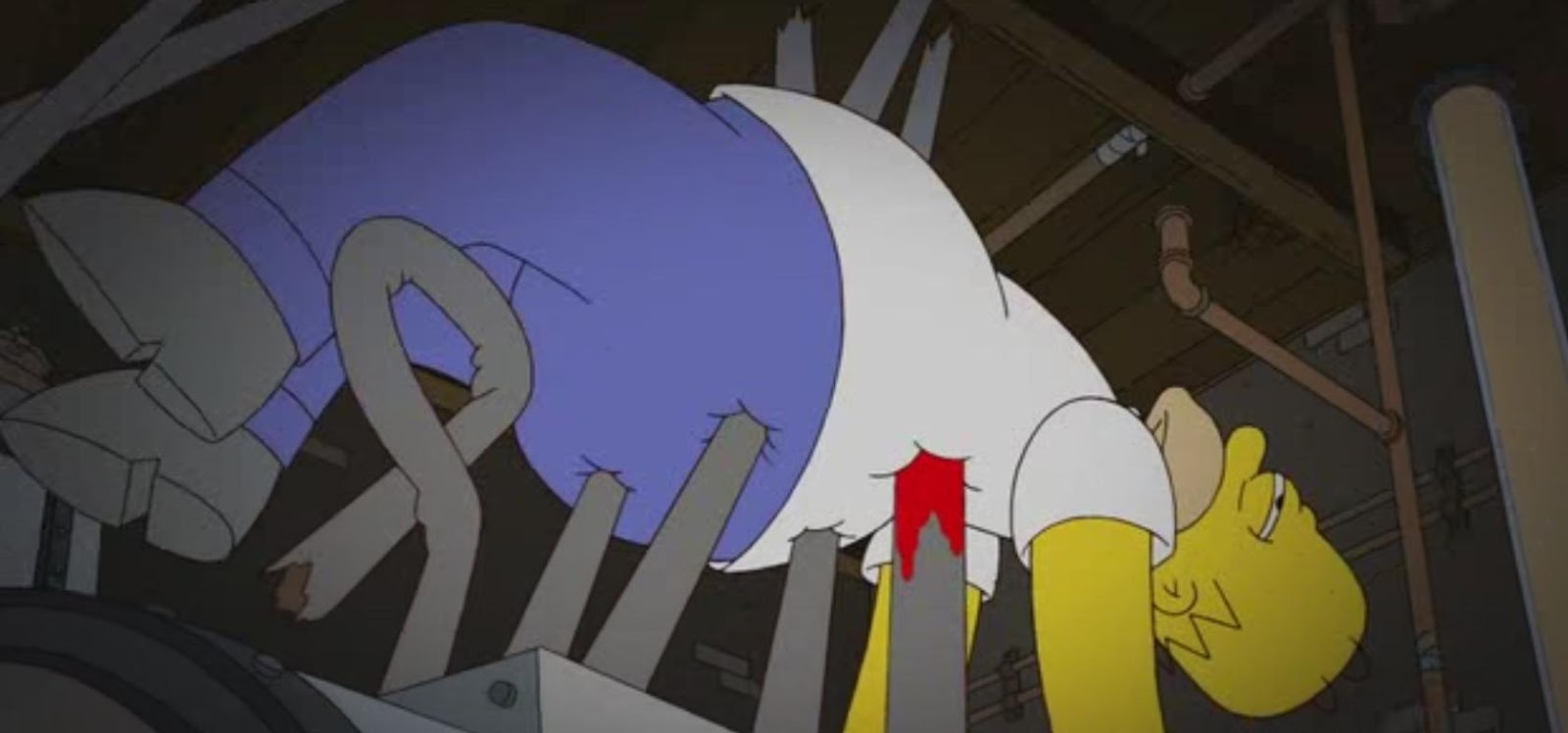
For the sake of novelty, let’s step away from the usual suspects and look at the seasons even die hard fans skimmed through. There are plenty of individual standouts throughout the long slump (“Night of the Dolphin” and “It’s the Grand Pumpkin, Milhouse” come to mind) but the 20th installment--comprised of a moody Hitchcock send up (“Dial M for Murder or Press # To Return to Main Menu”), a 28 Days Later homage (“Don’t Have a Cow, Mankind”), and the clever play-within-a-show “There’s No Business Like Moe Business”--is the first in a decade without a weak link in sight.
4. The One I Most Wish Was Canon - “The Thing & I”
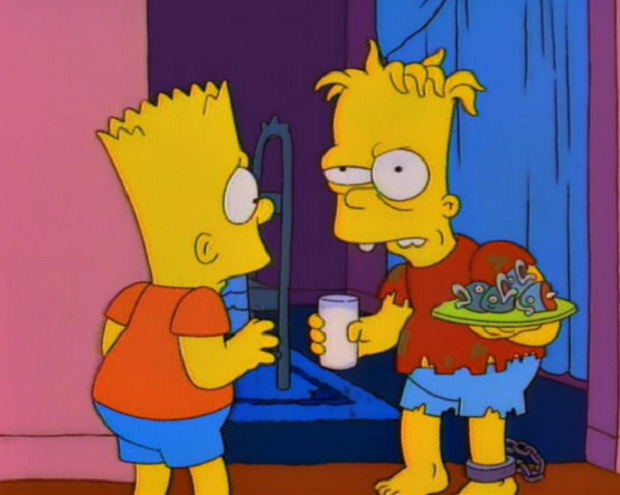
Too crazy for Boytown, too much of a boy for Crazytown: there’s something weirdly fitting about Hugo. When Bart and Lisa uncover the existence of a secret fourth Simpson child, it’s easy to imagine he has indeed been lurking in their crawl spaces all along. I like to think that the family eventually reconciled their twins’ existence and that all future “Bart” appearances alternate between the pair, much like that other famous good and evil sitcom duo, Mary Kate and Ashley.
3. Best of Kang and Kodos - “Citizen Kang”
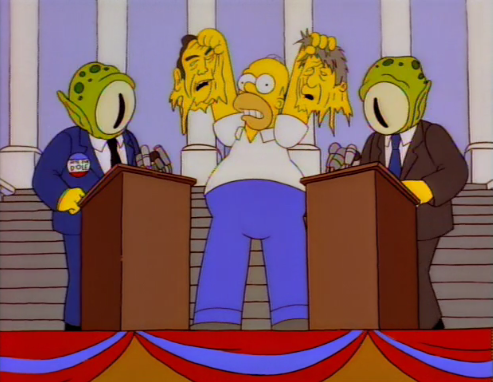
“Citizen Kang” is the series’ best known and most-quoted piece of political satire, and it feels dated and timeless all at once--take for instance the moment when Kodos’s taunt “It’s a two party system, you have to vote for one of us” causes Ross Perot to punch his fist through his hat, which only feels truer and sillier with each passing year. Maybe I’m biased because election season is gearing up again, but if anything that just proves that no matter how far upward, not forward, we progress as a nation, we’ll always come twirling, twirling, twirling back towards The Simpsons for its lasting cultural relevance.
2. Best Homage To Another Work - “Nightmare on Evergreen Terrace”
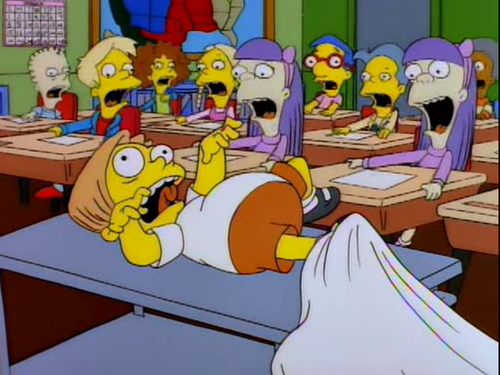
This is a hazardous category to create, seeing as how Treehouse of Horror has taken on so many classic B-movies, novels, folk tales, and Twilight Zone episodes so wonderfully. “Nightmare on Evergreen Terrace” takes the prize for me because, of all the possible choices, it best blends its source material with the world of the Simpsons as we already know it--and Willie’s death on that cold Smarch day so many years ago still creeps me out.
And before you have an embolism, no, I didn’t forget “The Shinning.” This brings us to:
1. Best Overall Episode - “Treehouse of Horror V”
Condensing one of the richest horror movies of all time into the 8 minutes of “The Shinning” was an incredible accomplishment, but I’ve always been partial to “Time and Punishment”, one of the zaniest segments the show ever produced (it also contains essential fatherly advice, passed from Abe to Homer on his wedding day, that it would serve us all to remember). They’re followed by “Nightmare Cafeteria” -- a grimly funny, if not quite as original, tale about cannibalism at Springfield Elementary. Top it all off with the running motif of Groundskeeper Willie getting axed in the back and a musical number involving everyone’s bodies turning inside out, and you’ve got the best Treehouse of Horror of all time.
If you don’t agree, I’ve got a miniature American flag with your name on it.

